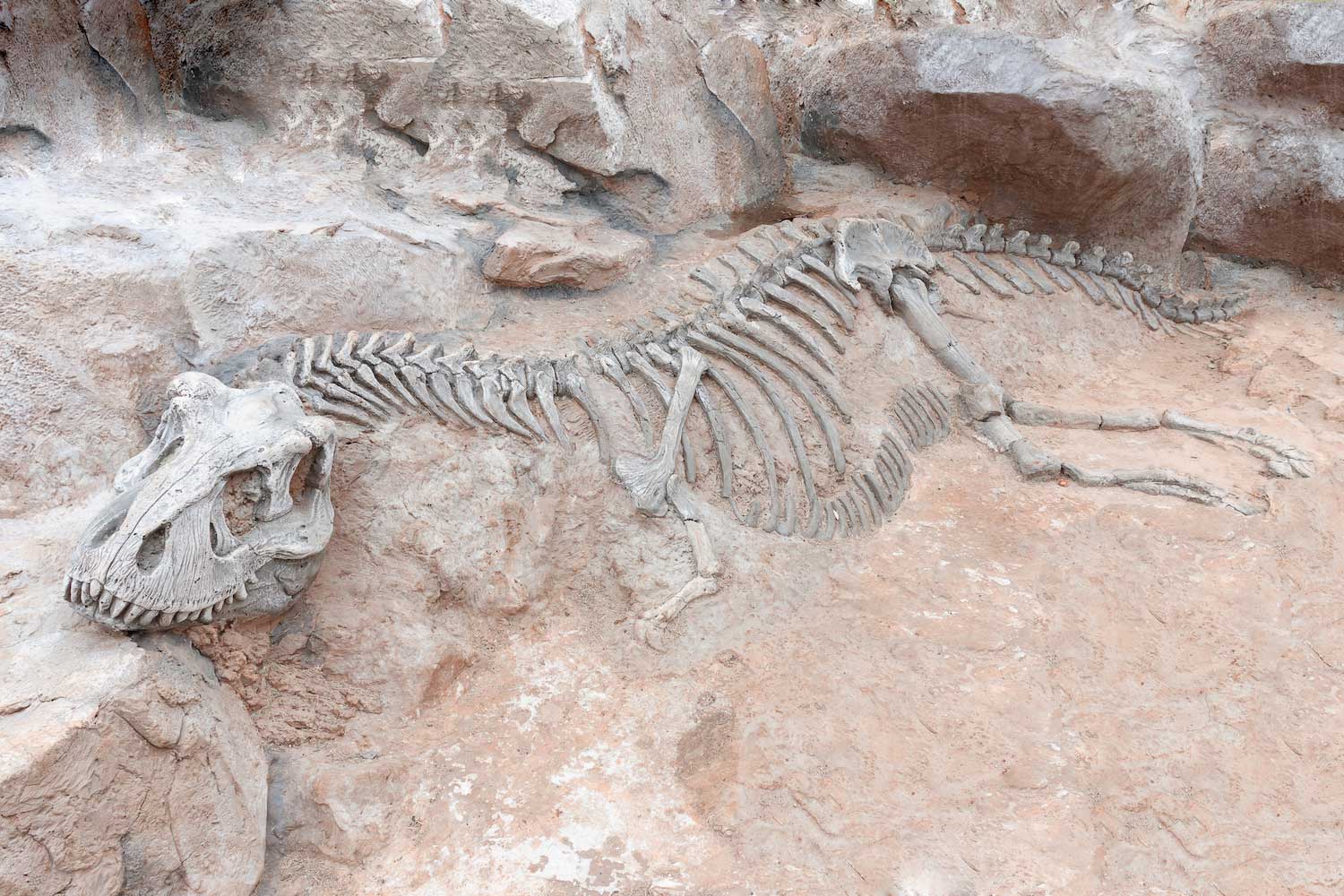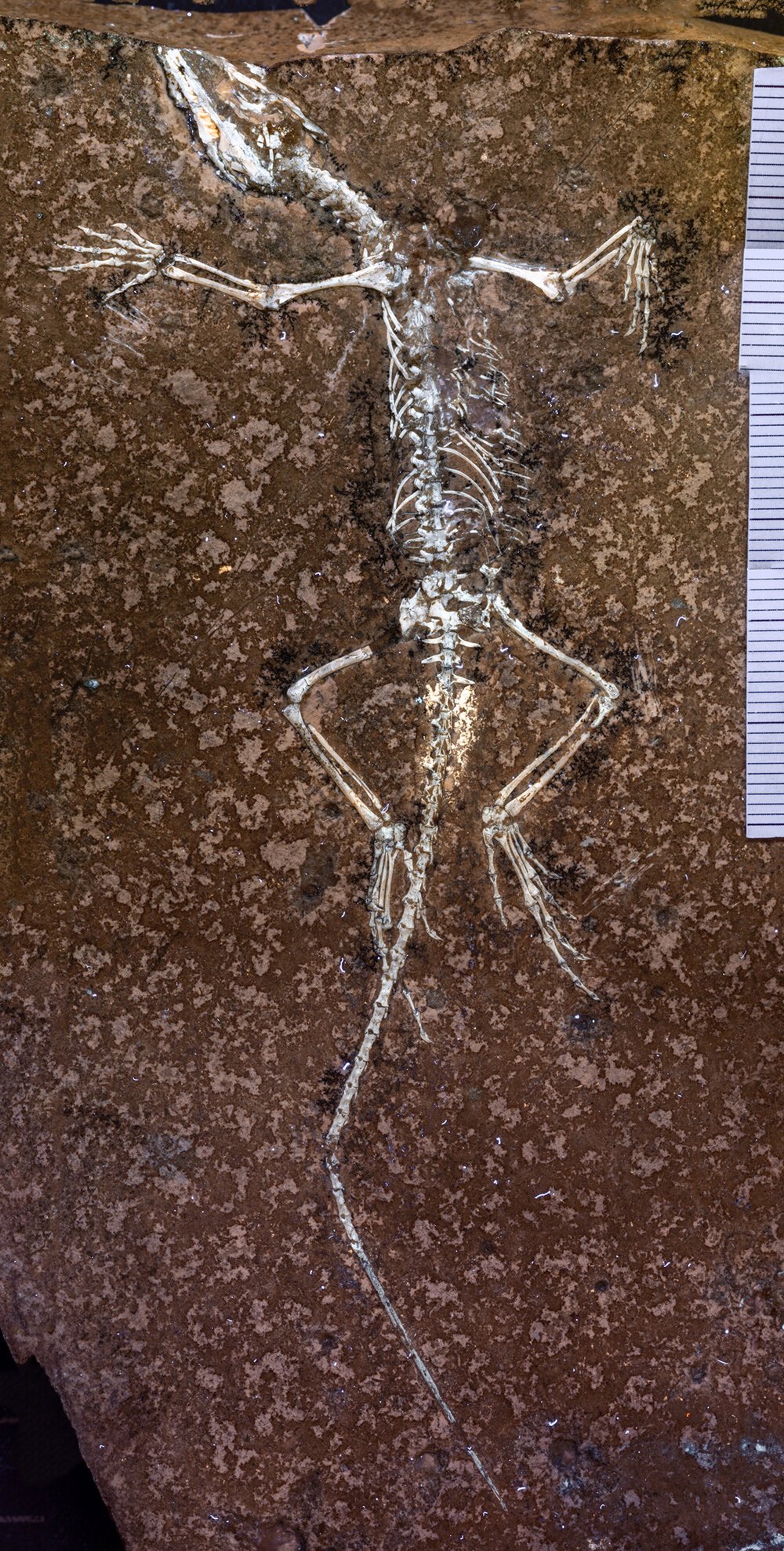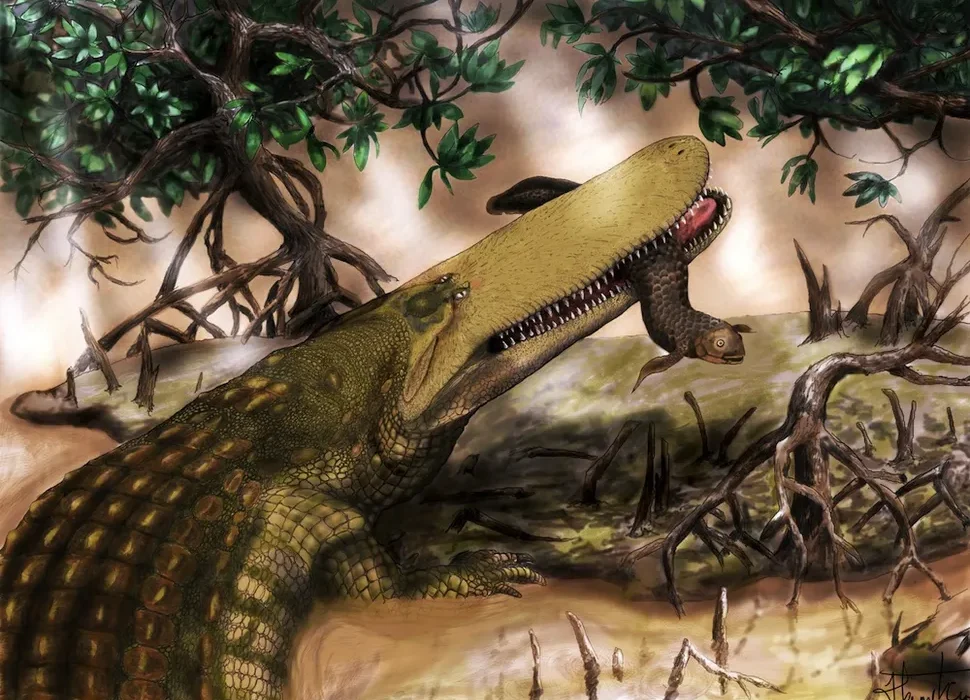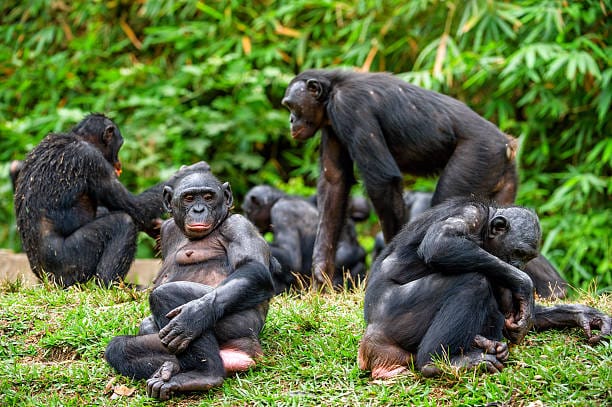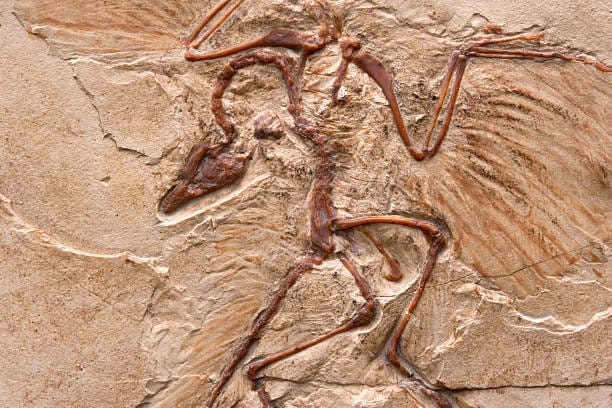Beneath the surface of the Earth lies a forgotten world—a silent, stony archive that has yet to be read. For every fossil that has found its way into a museum display case or a scientist’s hand, there are millions more that lie buried, unknown and untouched. They exist in the dark, beneath layers of rock, silt, and soil. They are the whispers of ancient lives that once walked, crawled, swam, or took flight—never to be discovered.
What becomes of these fossils? Do they patiently wait for the right brush or chisel to find them, or do they simply disappear into the abyss of geologic time? What is the fate of those remnants of life that, for reasons of chance or nature, will never be seen by human eyes?
This question, simple at first glance, opens a portal to a larger meditation on time, decay, geology, and the limits of human knowledge. It challenges us to imagine the enormity of what has been lost, and what still lies hidden.
The Narrow Gate of Fossilization
To understand the fate of fossils that are never found, we must first understand how fossils form—and why fossilization is one of the rarest fates for any living thing. The odds are almost cruelly small.
Most organisms never fossilize. Their bodies are quickly devoured by scavengers, broken down by bacteria, or disintegrated by weather and water. For a fossil to form, the conditions must align in an unlikely choreography: the organism must be rapidly buried, shielded from oxygen, and surrounded by sediments that will harden into rock over millions of years.
Even then, the story isn’t over. Pressure, heat, tectonic shifts, and chemical changes can all destroy a fossil before it ever has the chance to emerge. Entire prehistoric forests have been compressed into coal, and once-living bones can be melted by magma or ground into dust by glaciers.
The fossil record is not a complete book. It is a scattered library of fragments. And most of its volumes remain unopened.
Erased Before We Even Begin to Look
Time is the great destroyer, but it is also the keeper of secrets. While some fossils rest safely beneath the Earth’s crust, others are erased before we even think to look. These are the fossils that form only to be lost to erosion, geological upheaval, or sheer inaccessibility.
Mountains rise and fall. Rivers carve valleys and expose bones only to wash them away. Oceans shift their boundaries, covering fossil-rich sites in layers of sediment or saltwater. Fossils, like everything else in the universe, are subject to entropy.
In places like Antarctica, vast deposits of ancient life may lie under kilometers of ice. On ocean floors, entire ecosystems from the deep past may sleep forever, locked beneath mud and basalt. In deserts, fossils may turn to dust in the wind, their outlines blurred into oblivion.
And some fossils—perhaps the most precious of all—form in areas no human will ever explore. Beneath the deepest jungles, in the floors of ancient cave systems, under modern cities—they remain hidden not by chance, but by circumstance.
Fossils That Form But Are Destroyed
Sometimes, fossils are indeed formed perfectly—preserved in exquisite detail, down to the impression of a feather or the fold of ancient skin. But they never get their moment in the sun.
These fossils are the forgotten masterpieces of nature. They lie within rock layers that will eventually be subducted into the Earth’s mantle. They may be destroyed by the grinding collision of tectonic plates or the explosive violence of volcanoes. They may simply dissolve over time as acidic groundwater leaches minerals from their fragile forms.
In some cases, entire fossil beds are obliterated before science ever finds them. This loss is not theoretical. It has already happened. How many fossils were lost when the Amazon basin was formed, when ice sheets covered North America, or when continents collided to form supercontinents like Pangaea?
We cannot know. But we can be sure the number is vast.
Fossils in the Waiting Room of Time
Still, not all lost fossils are truly lost. Some are merely waiting.
There are fossils beneath your feet right now, perhaps just meters below the surface. They might lie under a parking lot, or a school, or a patch of forest. They could be in a hillside you drive by every day, or beneath farmland that has been tilled for generations. These fossils are perfectly preserved and perfectly hidden.
What keeps them hidden? A lack of erosion, perhaps. The absence of roadcuts or quarries. No curious hiker, no archaeologist’s shovel, no construction site has happened to disturb the rock in just the right way.
These are the fossils in the “waiting room” of time. They are suspended in a kind of geologic purgatory, their secrets safe for now.
When—and if—they are found depends on the accidents of history. Maybe a landslide will expose them. Maybe a river will change course. Maybe a scientist will think to dig in just the right place.
Or maybe they will remain forever waiting, sealed in stone.
Fossils and the Limits of Human Knowledge
There is a quiet tragedy in this idea: that most fossils will never be seen. The story of life on Earth, written in bones and shells and leaves, will never be fully told. Our understanding of evolution, extinction, and ancient ecology will always be incomplete.
And yet, there is also a strange kind of beauty in it.
Fossils are not made for us. They are not placed where we can find them, like clues in a scavenger hunt. They exist because nature allowed them to exist, and their fate—like ours—is shaped by forces far beyond our control.
The fossils we do find are a gift, a brief glimpse into the immense theater of life. Each one is a messenger from deep time, a voice from a vanished world. But we must always remember that for every fossil in a museum, there are thousands—millions—that never spoke.
Science is a process of inference. We build models from fragments. We draw trees of life from incomplete data. We reconstruct entire animals from a few scattered bones. The fossil record, sparse as it is, still holds enough to inspire awe.
But it humbles us, too. Because no matter how much we learn, we will never know it all.
The Emotional Weight of the Unfound
There is something haunting about the idea of a fossil that is never found. It invites us to imagine not just what was, but what we will never know.
Picture an ancient creature—something never before imagined. A small dinosaur with feathers like stained glass. An amphibian with jewel-colored skin. A mammal that bridged two branches of the evolutionary tree. Its body died millions of years ago. It fossilized in a shallow lakebed, perfectly preserved in the silt.
And then nothing. No tectonic shift brought it to the surface. No glint of bone caught a hiker’s eye. No brush swept it clean in the hands of a paleontologist. It lies there still, dreaming its long dream.
There is poetry in that image. And there is sadness, too. But perhaps the sadness is only our own desire for completeness—for a story with every chapter intact.
Nature is not a storyteller. It is an artist of chaos and chance.
The Role of Technology and the Expanding Horizon
Even as we mourn the fossils that will never be found, we must also recognize that we are entering a new age—one in which our ability to detect and decode ancient life is expanding rapidly.
Satellite imaging can now detect subtle changes in terrain that hint at buried fossils. Ground-penetrating radar is being used to scan sediment layers without excavation. Artificial intelligence is helping paleontologists identify promising sites. Even machine learning can assist in predicting where fossils are likely to occur based on geological and historical data.
The more we learn about Earth’s history, the better we get at looking in the right places. Fossils that were once beyond our reach may become accessible through new techniques.
Still, this will only scratch the surface. The Earth is vast, and the fossil-bearing layers are hidden beneath thousands of meters of crust. Many regions—politically unstable, geographically remote, or environmentally protected—will remain out of reach.
No matter how advanced our tools, some fossils will always remain hidden. And some will disappear before we ever have a chance to find them.
Fossils Lost to Human Activity
Ironically, in our effort to build and expand, humans often destroy fossils that might have rewritten history.
Construction projects, mining, and deforestation have obliterated countless fossils—often without anyone ever knowing. In some cases, workers have unearthed fossils but lacked the training to recognize them. In others, fossils were deliberately discarded or ground up as waste.
Road cuts through ancient rock formations sometimes expose fossils, but they also destroy them. Quarrying for limestone, shale, or gravel can reduce entire fossil-rich layers to rubble.
The tragedy is compounded by indifference. Many countries lack strong fossil protection laws. Valuable specimens may be looted, sold, or destroyed in ignorance.
Every fossil lost this way is a story erased—not by time, but by human haste.
Philosophical Reflections: Do the Unfound Fossils Matter?
If a fossil is never found, did it matter? From a scientific standpoint, the answer might seem to be no. A fossil that no one ever sees cannot contribute to our understanding of the past.
But from a philosophical or emotional point of view, the question is deeper.
The universe does not owe us its secrets. We discover what we can, not what we want. Every fossil, whether found or not, is part of the fabric of Earth’s story. It mattered in its own time—in the ecology of its world, in the chain of evolution, in the movement of continents and climates.
And just as stars shine in galaxies we will never visit, fossils sleep in rocks we will never uncover. Their existence reminds us of the limits of our perception, and the vastness of the unknown.
They are monuments not to what we know, but to what we don’t.
A Tribute to the Unseen
In the end, this article is a kind of tribute—not just to the fossils that have been found, but to those that never will be.
To the trilobite crushed beneath a landslide. To the fern fossil vaporized by magma. To the mammoth tusk lying under permafrost, unexposed for ten thousand years. To the shell preserved in a limestone cliff, never noticed by anyone. To the feathered dinosaur encased in clay, waiting patiently for a hand that will never come.
These are the fossils that haunt our imagination. They are reminders of the vastness of time, the fragility of preservation, and the humility that science demands.
They teach us that knowledge is precious because it is incomplete. That wonder is more powerful than certainty. And that the story of life on Earth is far grander, stranger, and more beautiful than we will ever fully understand.
